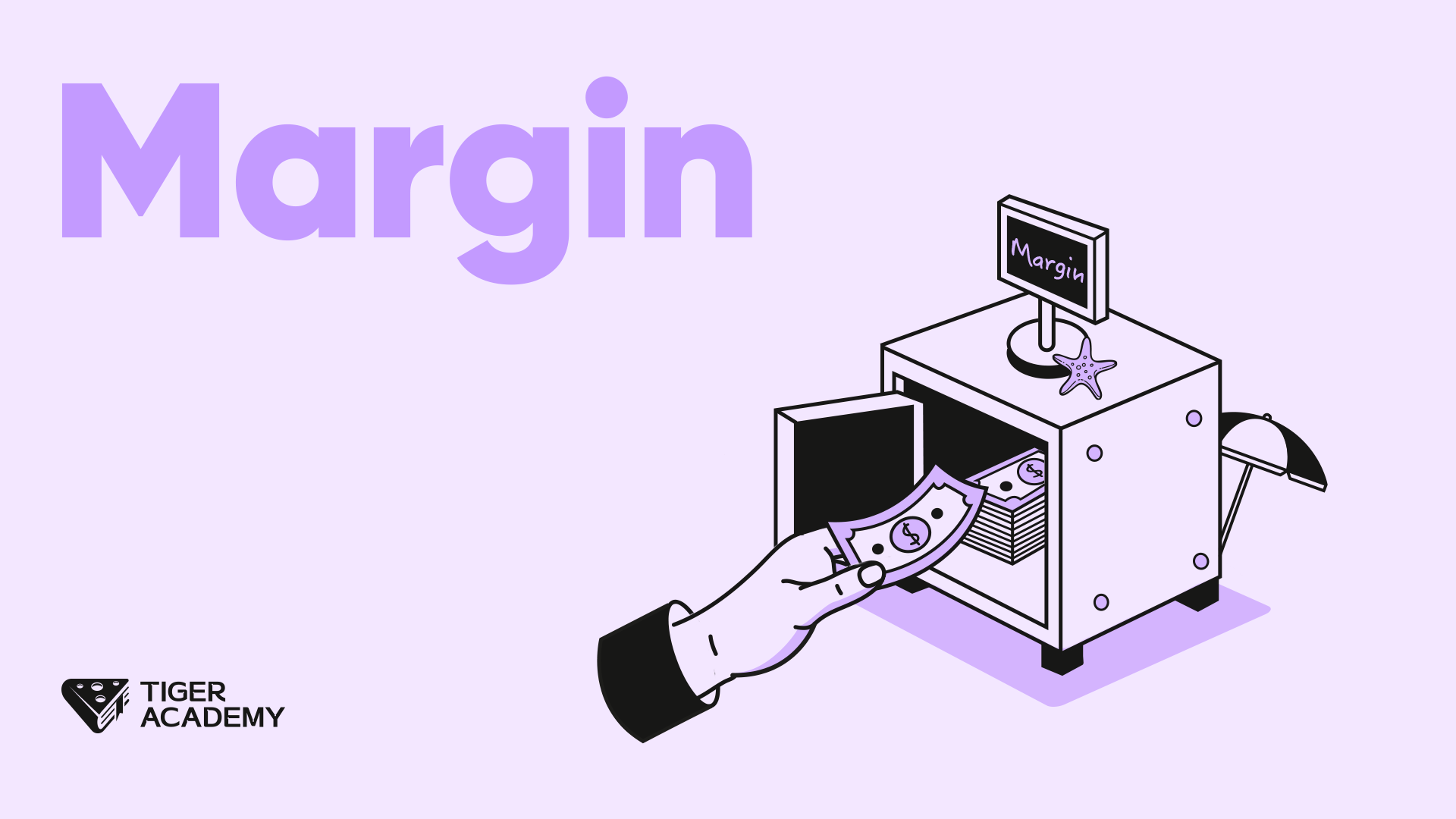Margin refers to the portion of funds that investors need to pay in advance when engaging in trading.
When you buy stocks, you need to pay the full stock price. However, in futures and forex trading, since such trades often involve high contract values, investors do not need to pay the entire contract value upfront; they only need to pay a small portion, and that portion is called the margin.
The purpose of margin is to ensure that investors have enough funds to fulfill their contractual obligations. It is similar to a "down payment" for trade. After paying the margin, investors can engage in larger-scale trading by borrowing additional funds.
Here's an example:
Let's say you want to engage in trading a futures contract with a contract value of $100,000. If the exchange sets the margin requirement at 5%, you only need to pay $5,000 as margin to control a contract worth $100,000.
Margin trading offers potential returns, but it also comes with high risks. Due to the leverage effect, even minor price fluctuations can have a significant impact on investors. If market fluctuations are unfavorable, you may face substantial losses, potentially exceeding the margin you paid.
Now, let's consider a negative example:
Suppose an investor named Jack decides to purchase a stock through margin trading at a particular time. The market price of the stock is $50 per share, and the margin requirement is 50%. Jack wants to buy 1000 shares, totaling $50,000.
According to the margin trading rules, Jack only needs to pay 50% of the total transaction amount as margin, which is $25,000. He can borrow an additional $25,000 to purchase the remaining shares.
Unfortunately, shortly after buying the stock, its price starts to decline. Due to the leverage effect of margin trading, Jack's losses quickly expand. Let's assume the stock price drops to $40 per share.
At this point, the total market value of Jack's stock is $40,000, while he still owes the broker $25,000, plus interest and other fees. Therefore, his account's net value now stands at $15,000 ($40,000 - $25,000).
Due to the nature of margin trading, when the account's net value falls below a certain percentage (e.g., maintenance margin), the broker may issue a margin call, requiring Jack to either add more margin or immediately sell part or all of his holdings to meet the maintenance margin requirement. If Jack fails to meet the requirement, the broker may automatically liquidate his holdings when the stock price falls below a certain level.
In this example, if the stock price drops to $35 per share and the broker's maintenance margin requirement is 25%, Jack's account net value would become $10,000 ($35,000 - $25,000), falling below the broker's maintenance margin requirement. In this case, the broker may force liquidate Jack's holdings, resulting in even greater losses for him.
Therefore, margin trading requires caution. Before engaging in margin trading, you should thoroughly understand the rules and risks of trade and ensure that you have sufficient funds to withstand potential losses.
Additionally, different exchanges and brokers may have different margin requirements and policies. You should choose a reliable and compliant trading platform. Controlling risk is the key to successful margin trading, and you should develop sound trading strategies and adhere to strict risk management rules.

